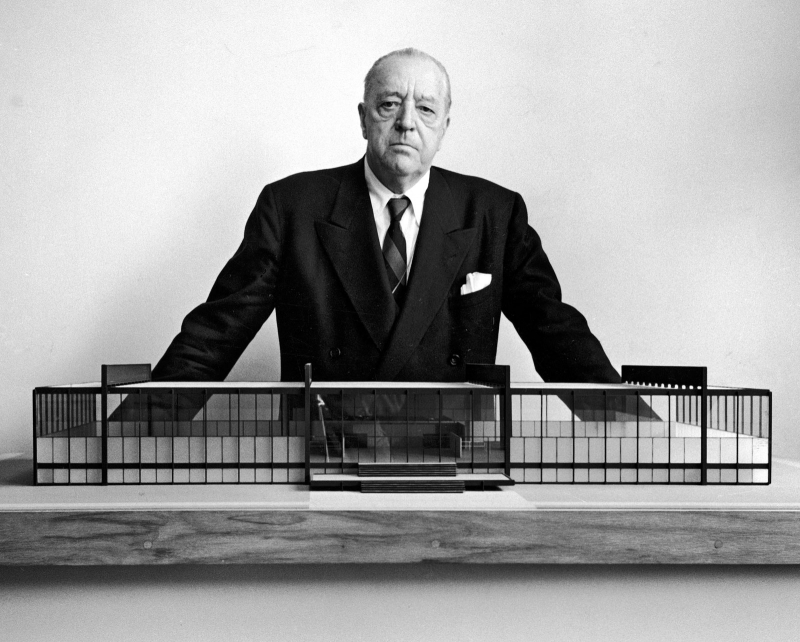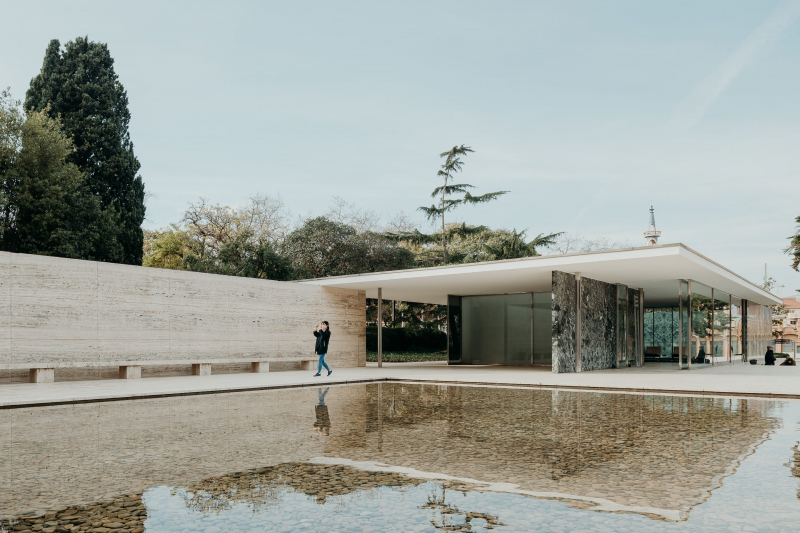Mies Van der Rohe
Ludwig Mies van der Rohe was a German-American architect who was born Maria Ludwig Michael Mies on March 27, 1886. He passed away on August 17, 1969. He was frequently referred to by his last name, Mies. He is considered as one of the founders of modernist architecture, with Alvar Aalto, Le Corbusier, Walter Gropius, and Frank Lloyd Wright. This is one of The Most Famous Architects You Need To Know.
German architect Mies Van der Rohe famously believed that "less is more," reducing architecture to its most basic geometric forms and paving the path for minimalism. He eliminated all decoration, relying instead on the inherent features of materials like steel and plate glass to define the appearance of his structures. This methodology was inspired by another credo—form equals function—that was upheld in the Dessau Bauhaus, where he was the final director until the Nazis shut it down.
His designs emphasized efficiency and rationalism as the path to beauty; The Barcelona Pavilion, constructed to host Germany's exhibit for the 1929 International Exposition in Barcelona, is an example of this approach. You can see in it that, despite going by the moniker Mies (by which he is best known), he wasn't opposed to wealth, as evidenced by the building's liberal use of marble, red onyx, and travertine. The Seagram's tower in New York by Mies may be the only structure to match the final masterpiece.
Date of birth: March 27, 1886
Accomplishments: Barcelona Pavilion, 1929, Villa Tugendhat, 1930, Farnsworth House, 1951, Seagram Building, 1958.
Awards: Royal Gold Medal, Presidential Medal of Freedom, AIA Gold Medal, Twenty-five Year Award

















